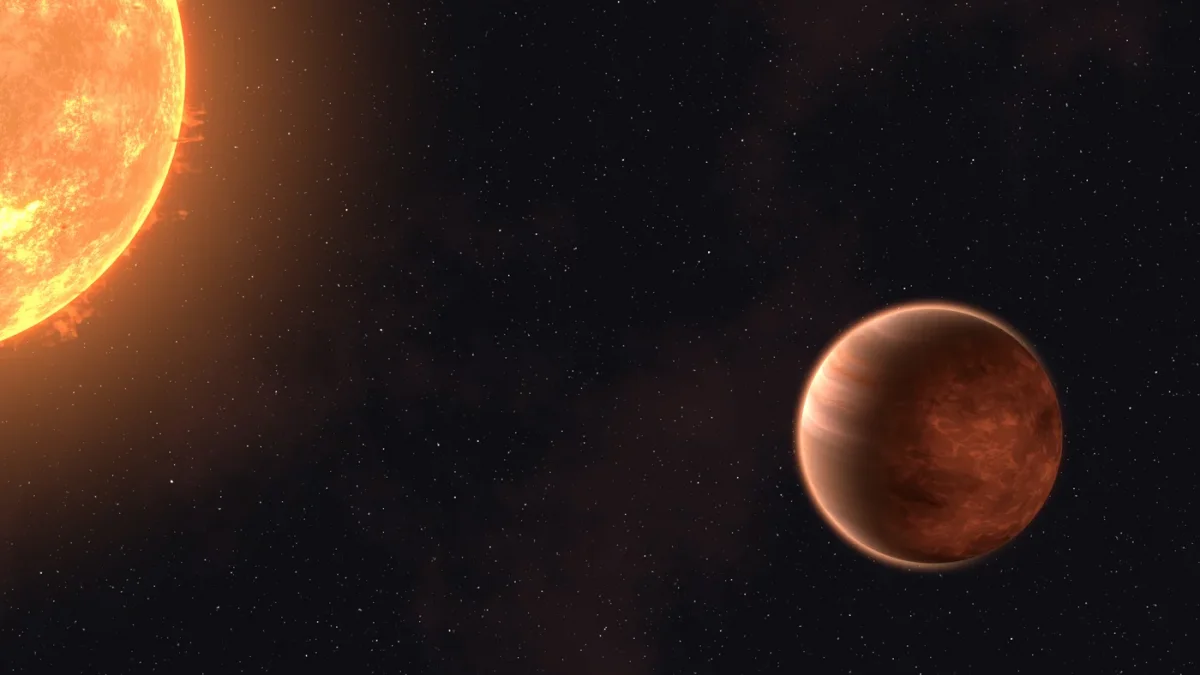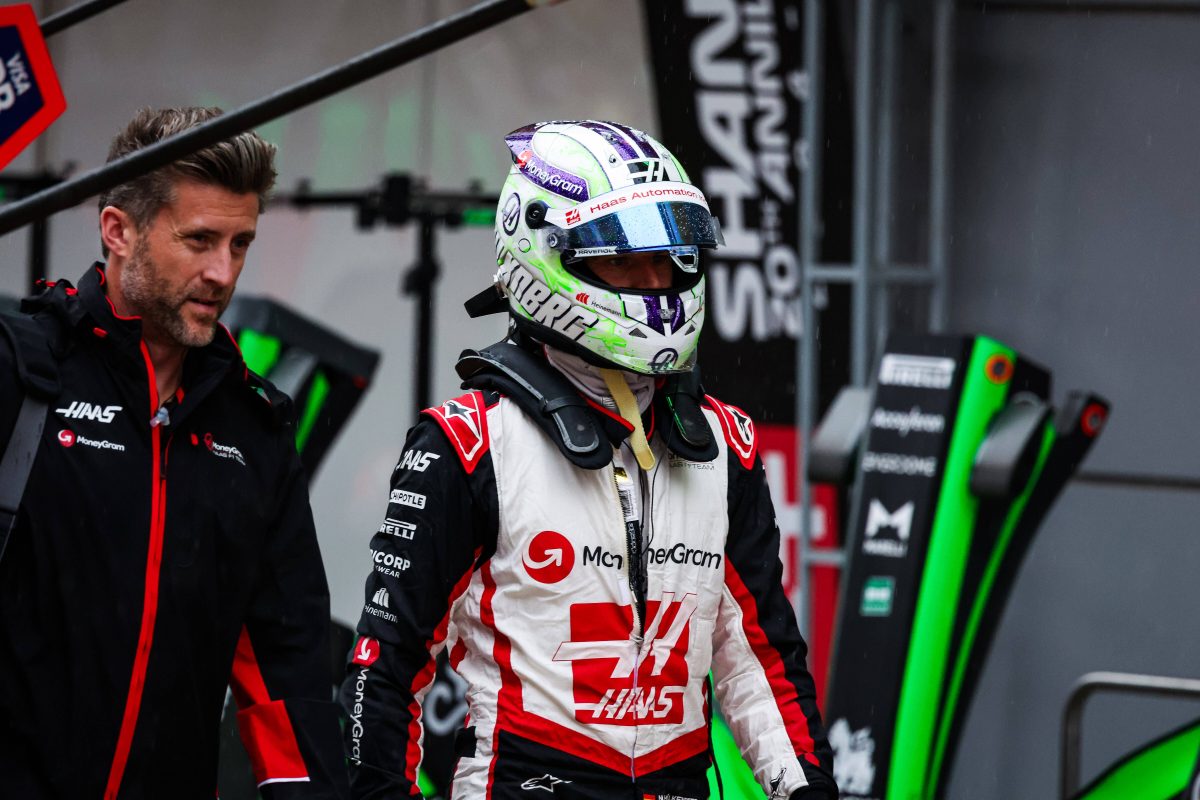Apple has pledged to be carbon neutral by 2030. A bot called “Daisy” is supposed to make a small contribution to this. The machine disassembles the iPhone in a few seconds.
Oh no, not another sustainability story like that, you might be thinking. But please don’t click again! After all, I traveled to the Dutch province of North Brabant, specifically to Breda, to research the story. In the factory building in a faceless industrial area – industrial areas are always faceless – there is a robot. It dismantles old iPhones in such a way that it can recover as many raw materials as possible.
So is this basically nothing more than well-known electronic recycling? That’s what I initially thought when Apple invited me to visit Daisy. And I’m allergic to Greenwashing Marketing. However, Apple assured me that one can speak frankly and that even the company’s sustainability strategy experts from the United States are on site. okay then. Together with a few other journalists we went to Breda at dawn. Much of what was said there was “unofficial”, so it serves to make sense, but may not be quoted directly. This is very common in the press, and Apple is notorious for its penchant for secrecy. Nothing may be photographed or photographed during the visit. They only entered the meter-high hall, the size of a football field, with a pen and a pen. Then he stands in a separate section: «Daisy». All images in this post are provided by Apple as video.
Talking to Apple employees about sustainability is more refreshing than trying to learn about potential new products. Anyway, my impression is that there are people who care deeply about the future of the Earth and their role in it, and are given the possibilities to work on solutions. There must be, with one Annual profit of 95 billion dollars in 2021. That’s more than Ghana’s or Croatia’s GDP.
The first attempts to disassemble the iPhone as early as 2012
But back to Daisy. It’s not a robot like Tesla founder Elon Musk developed it. Instead, it’s a set of robotic arms that grab and disassemble old iPhones in a few steps.
Since 2012, Apple has been working on how to disassemble iPhones in a way that many of the raw materials used can be reused. Daisy’s predecessor was Liam. At the time, it took about twelve minutes to disassemble the iPhone 5. The “Liam 2”, which was in use in 2015 and 2016, only needed 11 seconds for the iPhone 6. The robot was 30 meters long and was basically an inverted production line – It contains 29 stations. It was clear to Apple engineers that such a monster would not be scalable to dismantle several million devices per year. In addition, there are very different types of iPhone.
So the engineers rethought. While “Liam” is still designed to gently and carefully disassemble the iPhone into individual parts, say by unscrewing them, “Daisy” is allowed to operate mercilessly today. The screen and case are open, the battery is removed, up to 60 screws are drilled, and at the end the components are separated from each other by vibration.
Then the individual parts are sorted by human hands. However, it cannot be excluded that this will be automated in the next step with the help of cameras that recognize the shape of the parts. Ultimately, the batteries, speakers, hearing unit, camera module, WiFi components, main circuit board, or vibrating motor end up in their own big boxes. It still seems like you can’t make new iPhone parts. That’s why other bots take over later. For example «Dave», which recovers rare-earth magnets, tungsten and steel from a vibration motor, called the Taptic Engine at Apple (Seen here in the video).
Finally, “Taz” is a machine that uses a new shredding-like technology to separate magnets from acoustic components and recover more rare earth elements. In the field of recycling, Apple works with Carnegie Mellon University in Pittsburgh, among others To be able to better sort e-waste.
Daisy is not busy
Breda’s “Daisy” can disassemble up to 1.2 million iPhones annually. In Austin, Texas, USA, where there is a second similar “daisy”, the same amount will be possible again. No one is revealing exactly how many iPhones Apple has disassembled. But it’s also no secret that more will be possible. Both devices are not currently working at full capacity.
In any case, recycling will be good for the environment. A ton of iPhone components removed by “Daisy” contains an amount of gold and copper equal to 150 tons of ore from a mine. Recycled materials have a much lower carbon footprint.
And Apple is increasingly using this recycled material for new devices. All new products introduced in 2021 contain recycled rare earth materials. Not completed, but at least larger parts. When it comes to aluminium, the iPad and Macbook are the leaders: the boxes are now made from 100% recycled materials, as are the Apple’s annual environmental report can be read.
Durable products are better than recycling
“Daisy” is the undertaker when the iPhone finally blows up. The end of life of an electronic device is a good time to do a life cycle assessment. The iPhone’s environmental footprint, measured in carbon dioxide, is particularly large due to the production and raw materials required. Specifically, 70 percent of total carbon dioxide is generated during production, compared to only 22 percent during use. The remaining eight percent is accounted for by packaging and transportation.
That’s why Apple takes advantage of production and materials. In recent years, carbon dioxide emissions over the life of iPhones have already become much lower.
To rank the numbers in the graph: A 350-kilometre engine in an average combustion car causes as much CO2 as the new iPhone. On the other hand, a round trip from Zurich to Hamburg weighs 173 kilograms and is more CO2 intensive.
An additional positive effect at Apple is that iPhones are generally used for much longer than smartphones than the competition – with the possible exception of Fairphone. The initial debt from production is distributed over a longer period of use. Apple doesn’t know exactly how long an iPhone is used on average. This person has been known to have used a used iPhone for at least as long as the person who bought it new. contribute to this Apple’s update policy Which usually promises the current iOS version five years after the model was released. And older devices also continue to work, then simply with the older version. Accordingly, Apple devices still fetch good prices from repurchased dealers. There are also many iPhone models on the Digitec platform for resale, although not so many as on the Swiss Ricardo, Tutti or E-Bay platforms in Germany and Austria.
For Android devices, the period in which software updates are delivered is shorter depending on the manufacturer. However, above all try Big brands to approach Apple.
I get rid of my broken iPhone X
After a four-hour program with a robot tour and some exciting conversations, I know Apple’s Daisy will definitely not be able to save the world on its own. Nearly 240 million iPhones were sold in 2021. The amount recycled at Apple is only one percent of that. Apple itself didn’t tell it was too easy for me to calculate.
The truth is that many appliances still end up in normal recycling or simply collect dust in drawers. I also have an older iPhone model that no longer catches the eye. I wanted to stick it directly on Daisy’s throat, but for security reason that wasn’t possible. So soon I will collect myself and take it to the Apple Store and recycle it for free. If I do this now with the many other readers of this article, Daisy will be happy – and the CO2 emissions from my trip to Holland will be offset.

“Tv expert. Hardcore creator. Extreme music fan. Lifelong twitter geek. Certified travel enthusiast. Baconaholic. Pop culture nerd. Reader. Freelance student.”








More Stories
Kansai Airport in Osaka: Not a single piece of luggage has been lost since it opened 30 years ago
Federal Chancellor Karen Keller Souter wants more bank stocks – News
What are the opportunities available to the company?